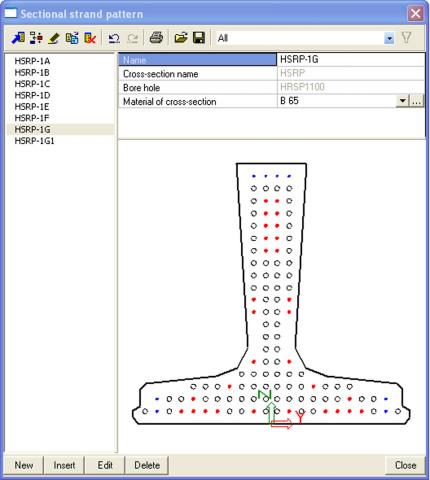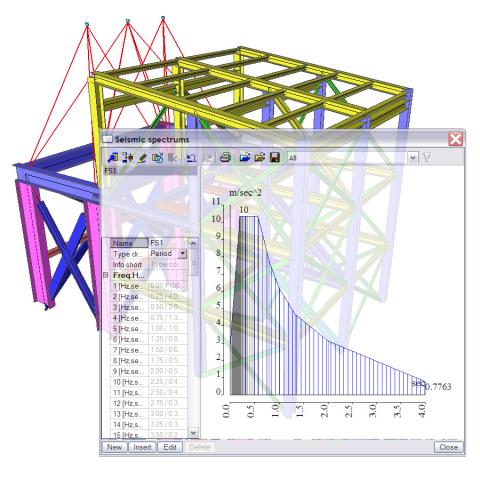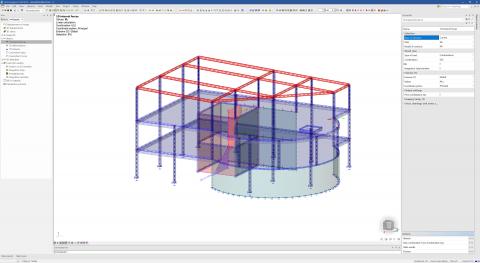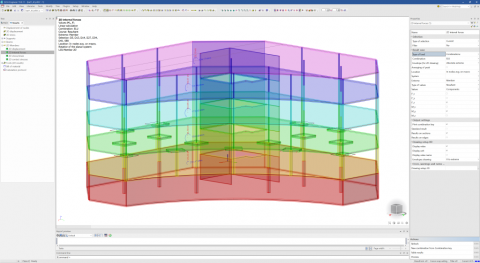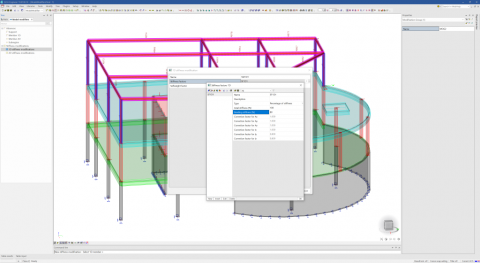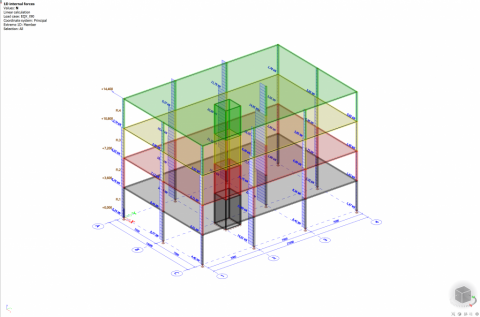
Pagination
- Page 1
- Current page 2
Download a free trial
Explore how our software and services can help you optimise your work and boost your productivity. Try it for yourself with a free 30-day software trial.
Request a demo
Contact our support team and ask for a private demo.

